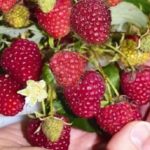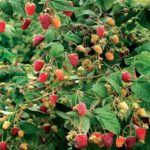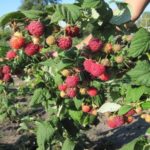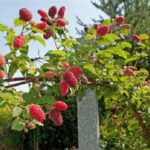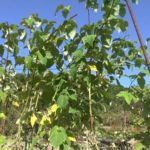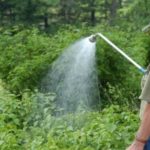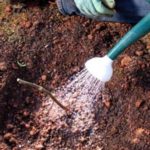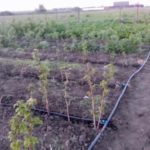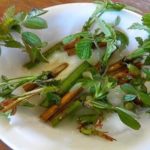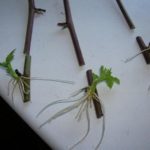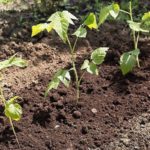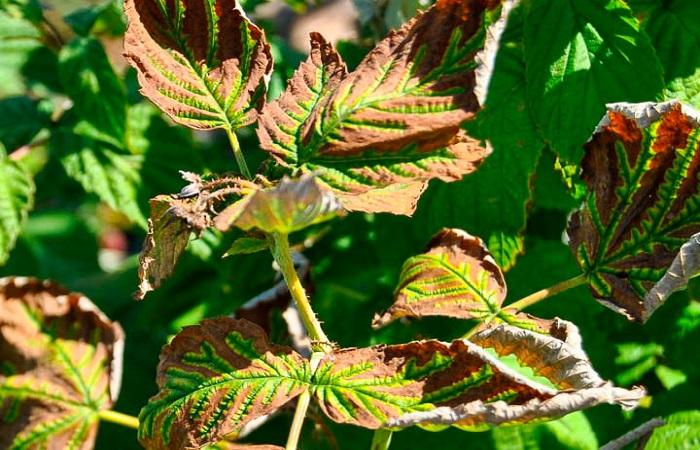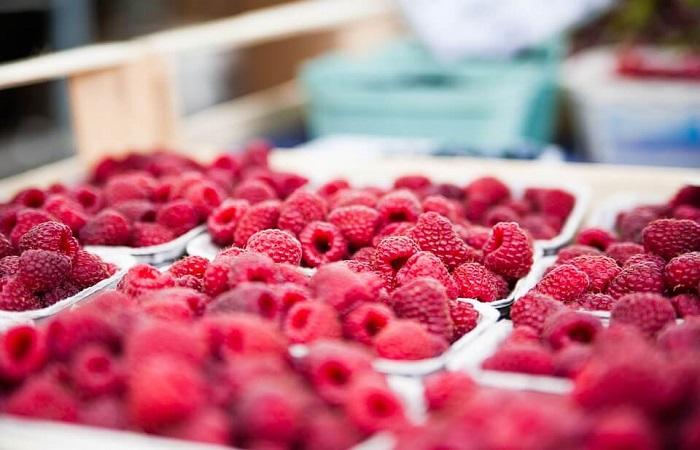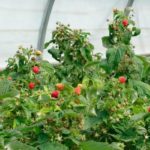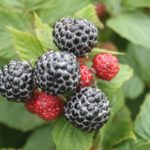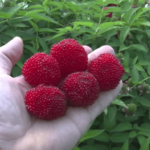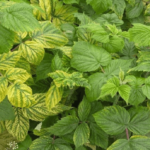Skazka is a raspberry variety that allows you to get an impressive harvest during the season. It is in demand in the market because the fruits have exquisite taste and are large in size. The berry is suitable for various types of culinary processing. And to grow such a treasure on your own plot, the gardener just needs to follow simple rules.
Description and characteristics of the variety
Raspberry Skazka is known not as a common bush, but as a tree. Therefore, a trellis is not installed for its cultivation.A distinctive feature of this variety is the absence of thorns on the shoots.
The tale refers to standard varieties of raspberries. It gives a high yield - up to 10 kilograms of fruit can be collected from 1 bush. But for this, the crop needs proper care using modern agricultural techniques.
Raspberries tolerate frost and drought well, they are well transported, and can remain fresh for a long time. The berries are sweet, large, their color is rich, and their aroma is pronounced. The fruits do not fall from the bushes even after final ripening. They are suitable for fresh storage and are also suitable for all types of processing.
Advantages and disadvantages
Advantages of Raspberry Fairy Tale:
- high productivity;
- resistance to adverse weather conditions;
- absence of thorns on the stems;
- strong shoots that are difficult to break;
- high organoleptic characteristics (taste, smell, fruit structure);
- the possibility of growing in a summer cottage or on an industrial scale;
- long shelf life;
- resistance to many phytopathologies.
The only downsides include the impossibility of growing the crop in cold regions, where the air temperature in winter drops to -30 °C or lower, as well as the difficulty of propagation.
Features of planting raspberries Fairy Tale
It is recommended to plant raspberries of this variety in the second half of autumn or early spring. The soil should be loose. On loam or clay soils the plant takes root with difficulty. Seedlings should not be placed in areas where groundwater is close to the surface of the earth. Excess moisture will make the berries sour or cause root rot.
The area for raspberries should be sufficiently lit, but protected from the wind.The distance between the holes where the bushes will be planted is at least 60 centimeters. The intervals between rows are up to 1.5 meters.
On a note. You can plant seedlings in separate holes or trenches. The landing features are identical in both cases.
Further care
Abundant fruiting of raspberries can only be ensured with proper care. It does not require much effort, but if simple rules are not followed, the plant will not produce a large harvest.
Watering and fertilizers
It is recommended to water raspberries once a week, and during flowering and fruiting, the amount of soil moisture under the bushes can be increased. For each shrub, 10-12 liters of water are enough, for young plants - 5-7 liters. Fertilizing is applied from the beginning of flowering until autumn pruning. Liquid organic matter or mineral solutions are used for this purpose. The frequency of feeding is once every 7-10 days.
On a note. Raspberries of this variety do not need nitrogen fertilizing in spring. This will lead to an increase in unnecessary green mass with a subsequent decrease in yield.
Preparing for winter
Raspberries do not need to be prepared for cold weather if in winter the air temperature does not drop below 25-28 °C. The culture endures such conditions with steadfastness; they are not capable of harming it. But as a precaution, the bushes can be covered with polyethylene and the roots can be insulated with sawdust.
You should also tie up the still green shoots and bend them slightly to the ground. Fix them at the base of a neighboring bush, if the distance between the plants allows.
Trimming
Pruning is carried out in the fall, after harvesting. All diseased, dry or broken branches are removed. In addition, two-year-old shoots should be removed at the root, forming a bush leaving no more than 7 young and strongest stems.They should be evenly distributed and not concentrated in one area of the plant.
Reproduction
To propagate the culture, you will have to work hard, since it has a small number of replacement shoots. To get new bushes, they use the cutting method. The strongest specimens of the shoots with several bright green, healthy and dense leaves are selected. They are planted in pre-prepared holes and provided with care.
How to protect a plant from diseases and pests
Raspberries of the Skazka variety are little susceptible to various phytopathologies. However, it is still necessary to strengthen her immunity. To do this, every autumn, after harvesting, the bushes should be treated with Bordeaux mixture. It is allowed to use fungicides for this purpose to protect the crop from:
- anthracnose;
- different types of rot;
- rust on leaves;
- powdery mildew;
- ring spot.
But, even if signs of one of the above phytopathologies appear, experts do not recommend treating the bushes. If the affected area is not too extensive, it is enough to remove the damaged branches or leaves. And in the event of an invasion of parasites, you can resort to the use of industrial poisons sold in specialized stores.
Cleaning and storage rules
Harvesting begins around August and lasts until mid-September. However, the timing of fruit ripening may vary depending on the region where the plant is grown.
It is recommended to store the resulting harvest in small baskets. The shelf life of fresh berries is approximately 7 days in a cool place, and from 3 to 5 days (approximately) in a warm place.
Raspberries of the Skazka variety are suitable for all types of processing. It makes delicious jams, preserves, pastilles, juice and even wine.It is added to baked goods, smoothies, ice cream and other desserts are made from it, so it can be safely called a universal berry in terms of culinary use.
Skazka is a high-yielding raspberry variety that is suitable for home and industrial cultivation. It has excellent organoleptic qualities, is unpretentious in care and is resistant to phytopathologies and adverse weather and climatic conditions. The crop bears fruit consistently, and in order to get maximum yield, preference should be given to remontant varieties of the variety.

